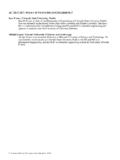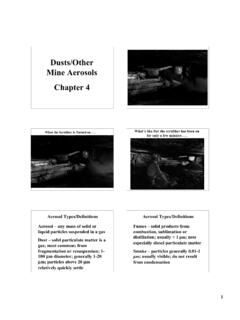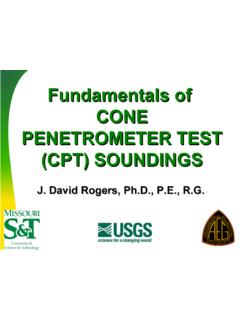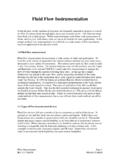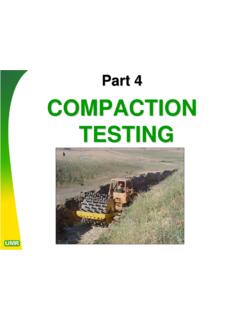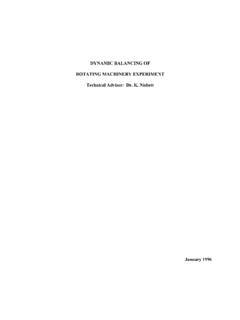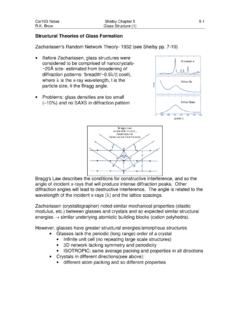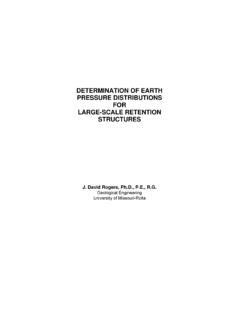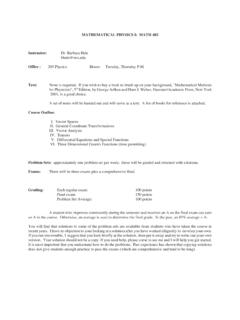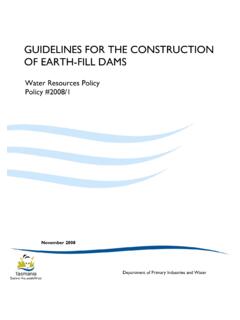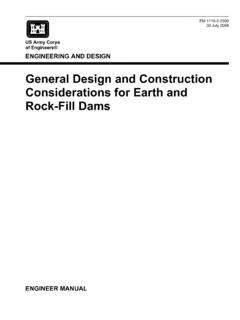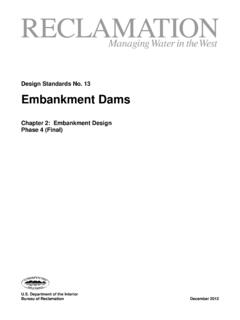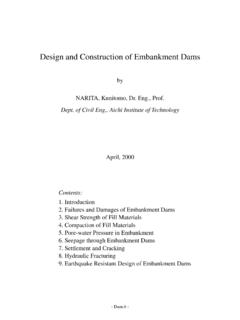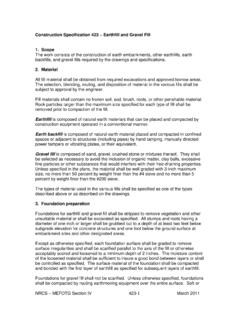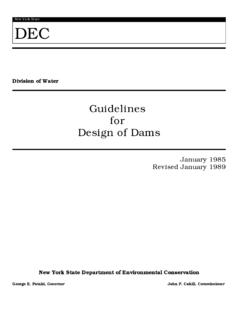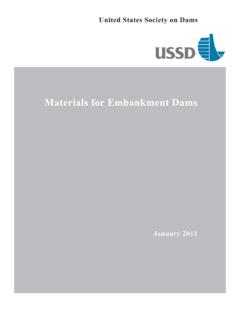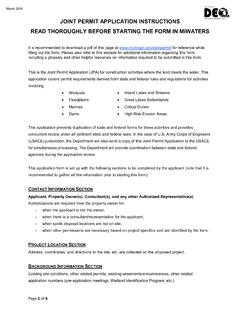Transcription of STANDARDS FOR KEYING AND BENCHING OF EMBANKMENTS
1 Part 4. STANDARDS FOR. KEYING AND. BENCHING OF. EMBANKMENTS . The Modern Grading Code introduced standardized requirements for over-excavation of embankment foundations similar to what had been developed for earthfill dams . This shows Orange County's standard, introduced in 1965. OVEREXCAVATION. Overexcavation involves removing poor quality foundation materials, such as the soil horizon, colluvium and the bedrock creep zone. Modern grading ordinances required engineering geologic assessment of embankment keyways and deep foundation excavations to ensure that the assumed depths to suitable foundation material were adequate. Mapping of the bedrock creep zone is important on sloping ground, especially in expansive soils and slopes floored in siltstone or shale, because this zone serves as a conduit for percolating water. Another important aspect of grading inspection is to verify if deleterious materials, such as roots, trees and organic debris, are buried in the embankment.
2 These can create unwanted zones of increased permeability and weakness. Keyways should extend through unconsolidated materials, such as older fill (shown here), topsoil, colluvium and the bedrock creep zone DOCUMENTATION. The as-built report should document the conditions encountered and any changes from the approved plans that were made in the field during construction. Keyways should extend a minimum of 2 feet into intact foundation materials on the downslope, or frontslope side, of the toe-of- fill keyway, as sketched here. VERIFICATION OF ASSUMED CONDITIONS. Bedrock attitudes should be measured and verified to ascertain whether or not the material has been involved in prehistoric movement Engineered fill is a technical term applied to EMBANKMENTS or subgrades that have been constructed with engineering oversight, utilizing established STANDARDS . The toe-of- fill keyway is the most important part of an embankment. It bears the overall thrust of the slope and usually contains the lowest subdrainage.
